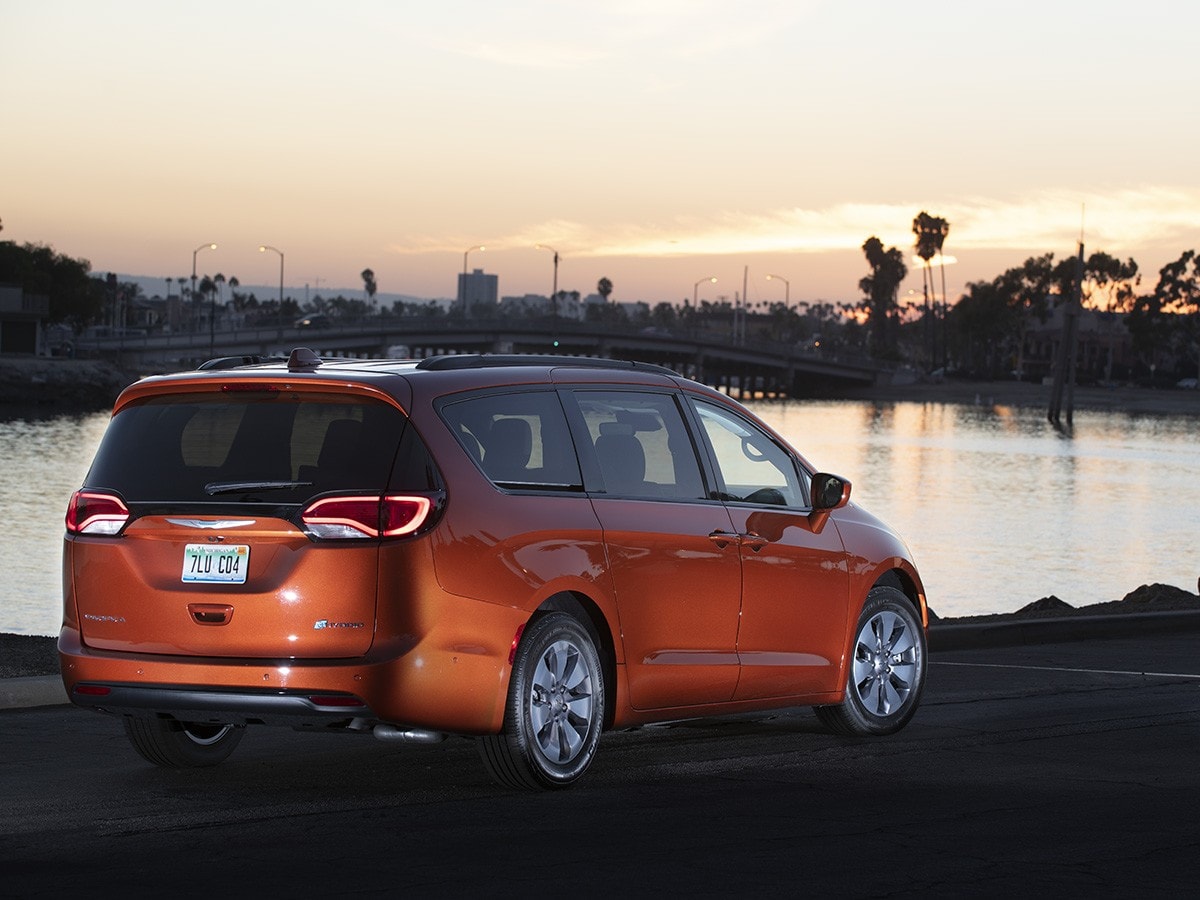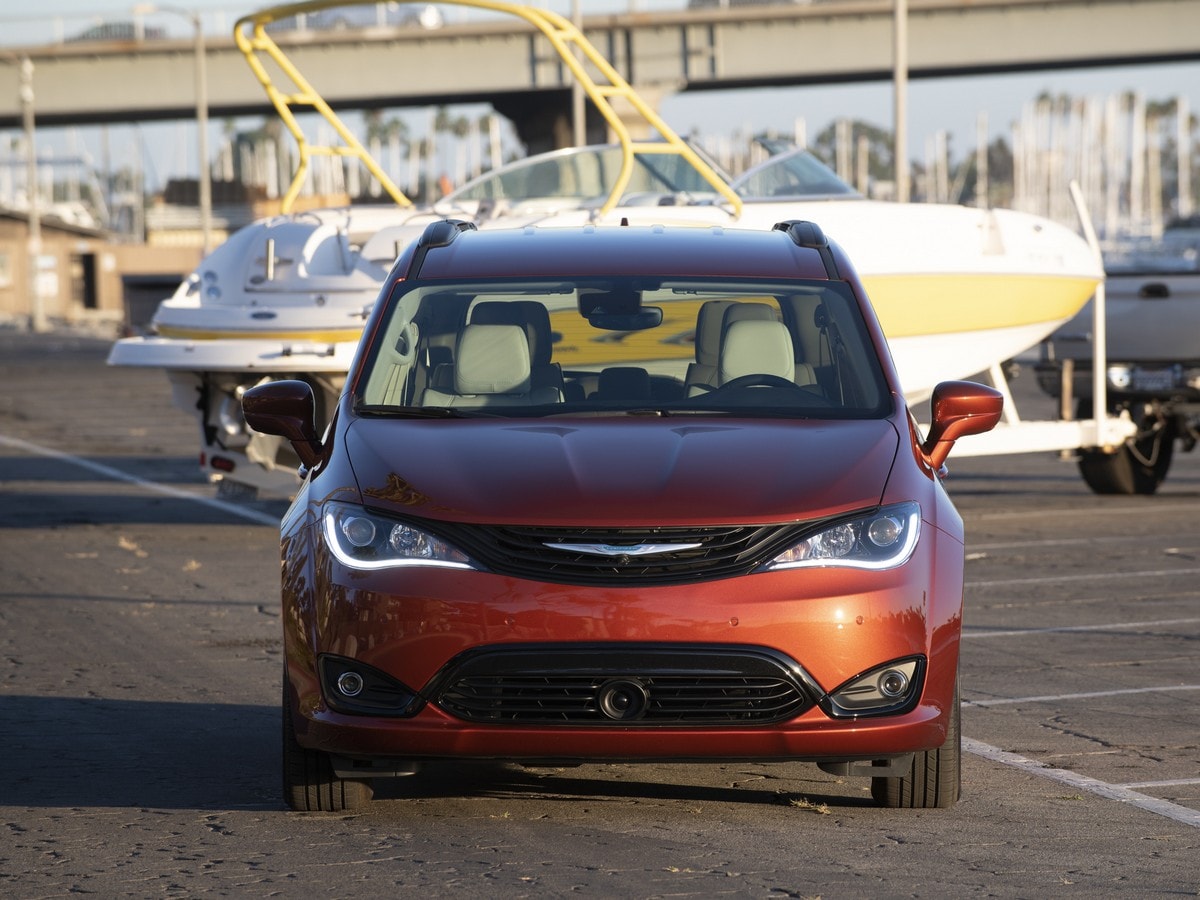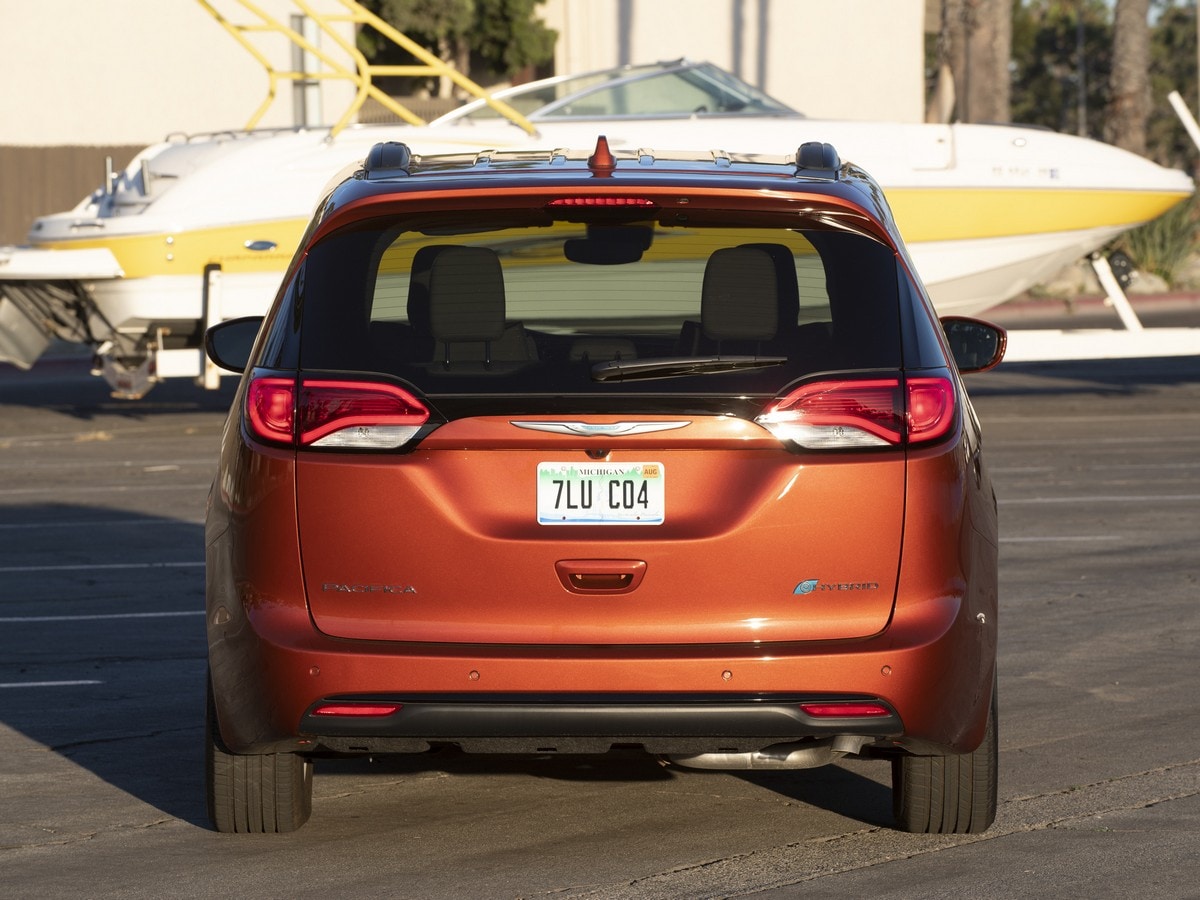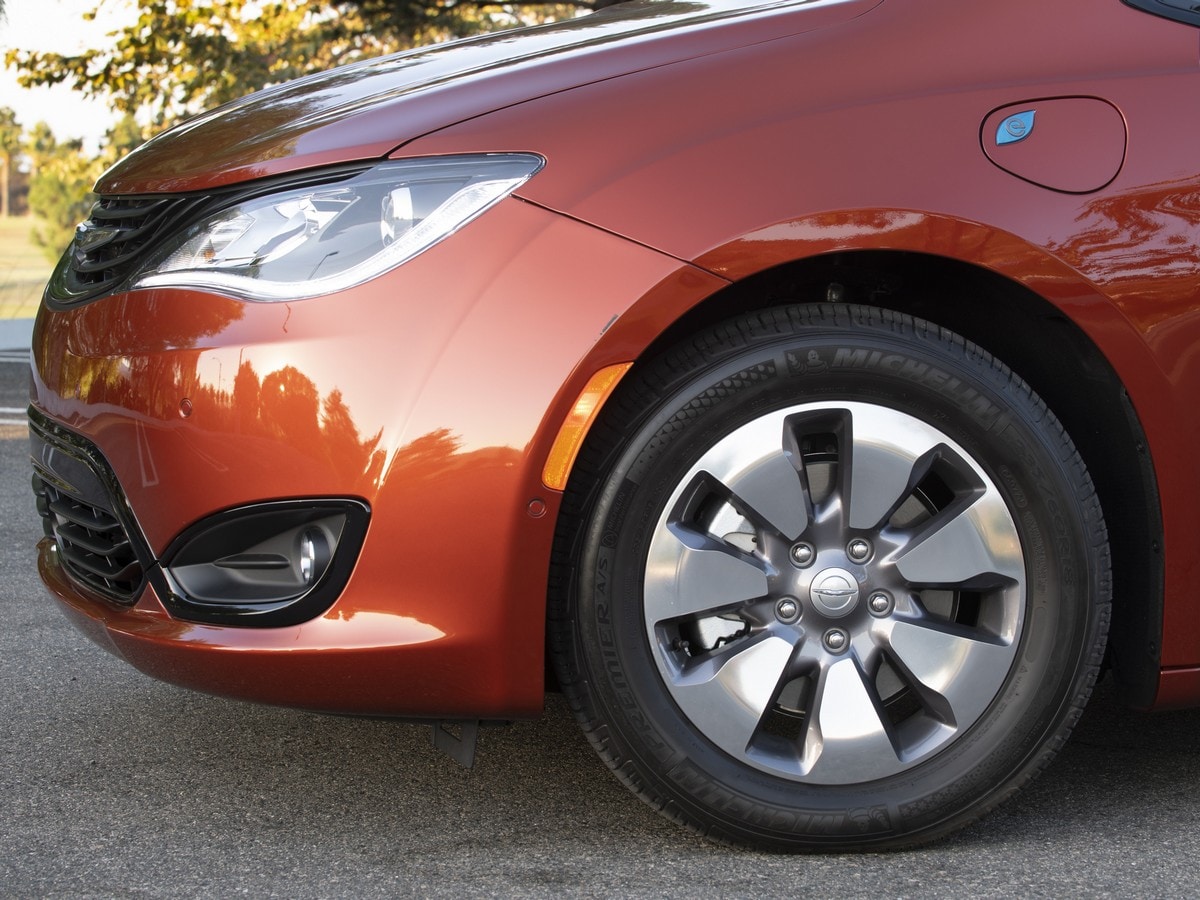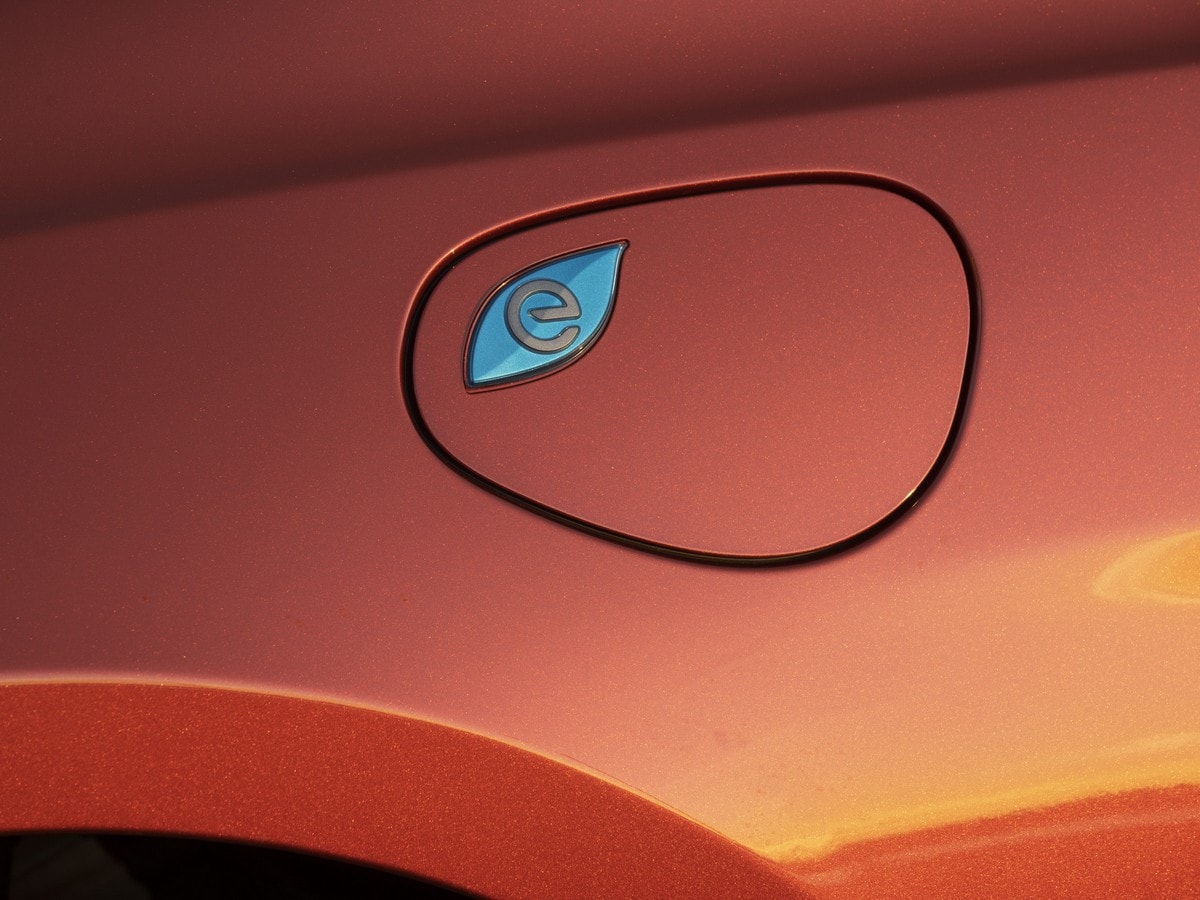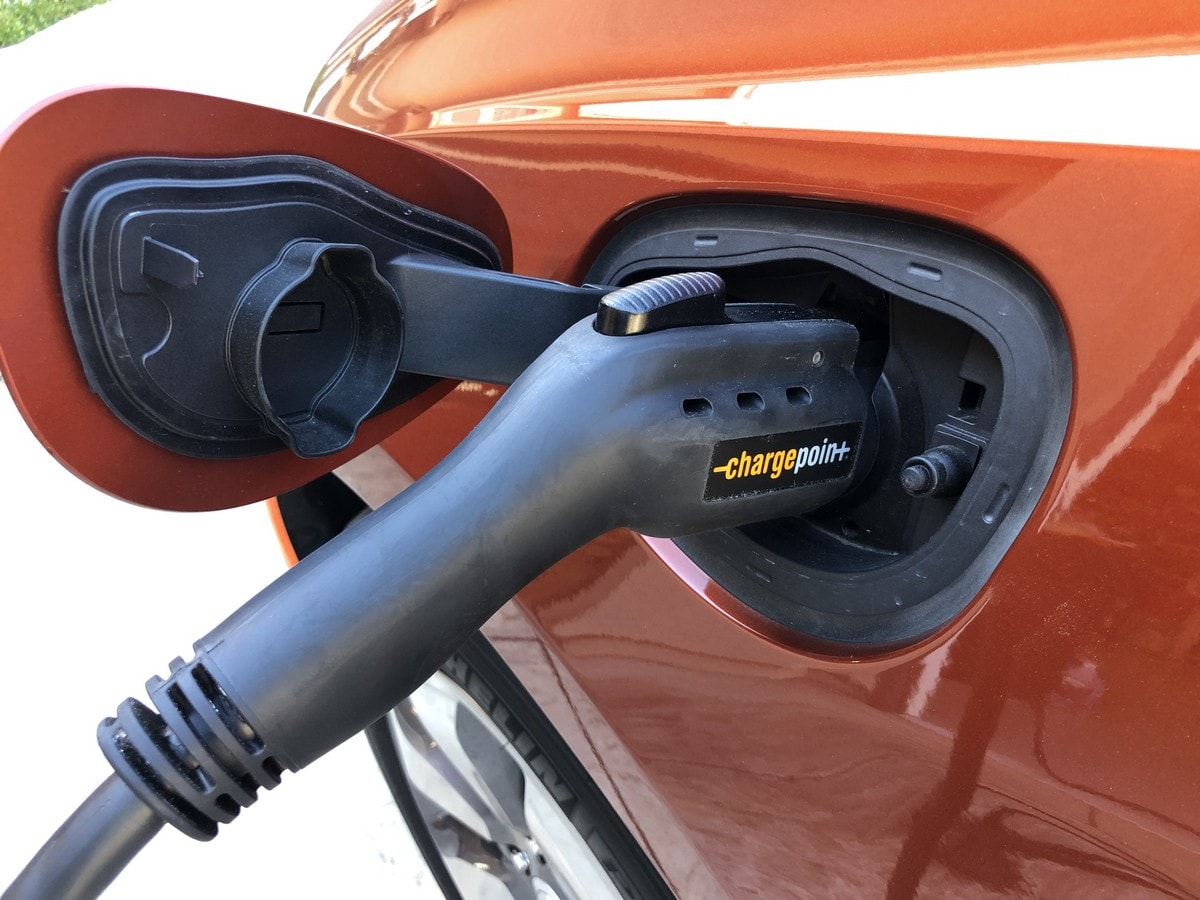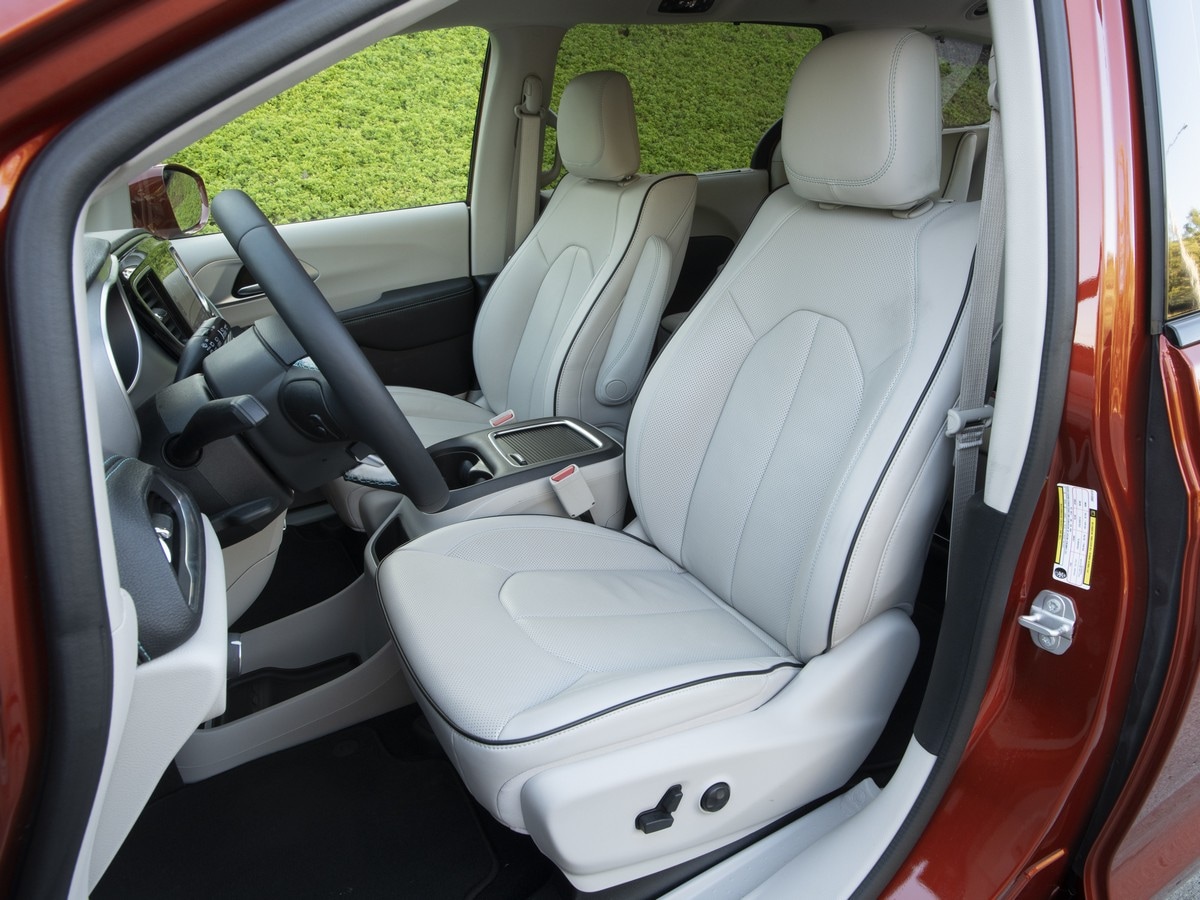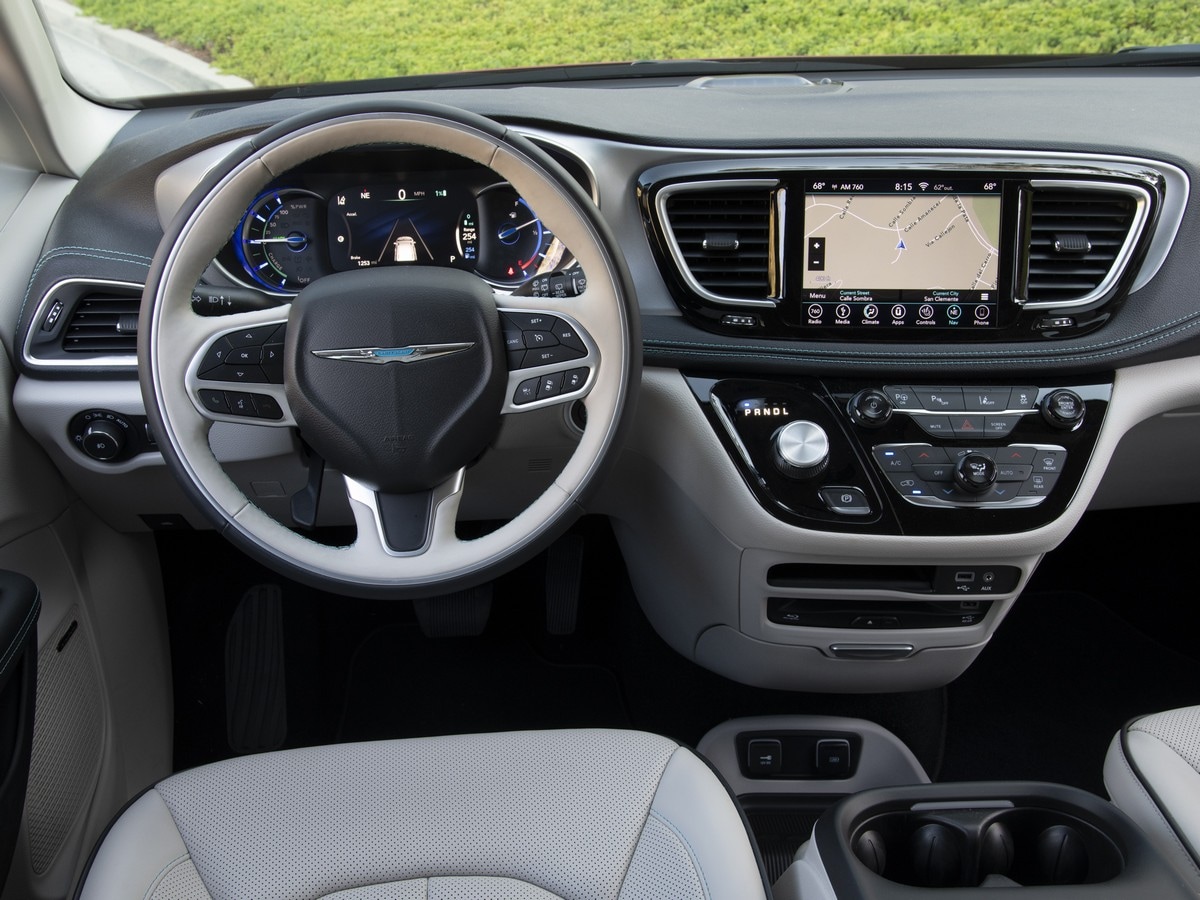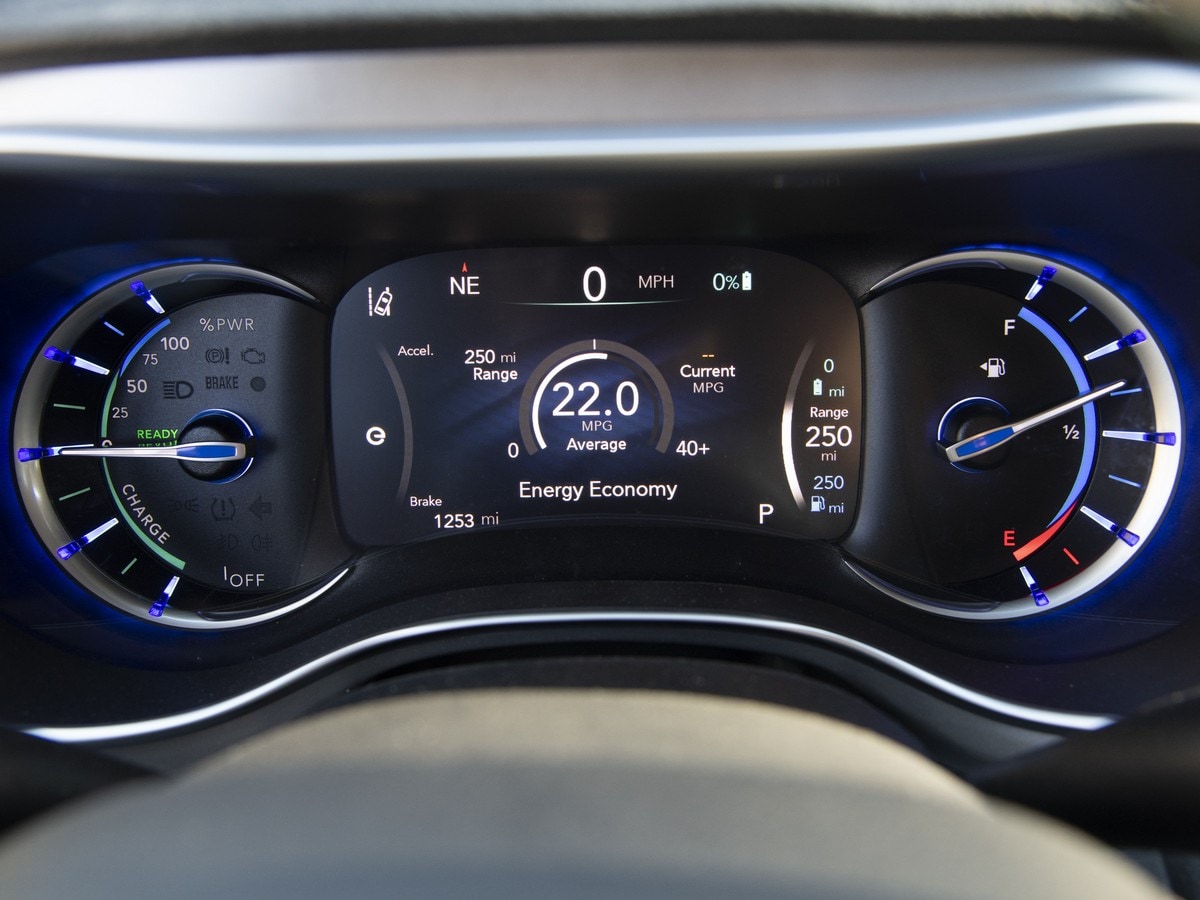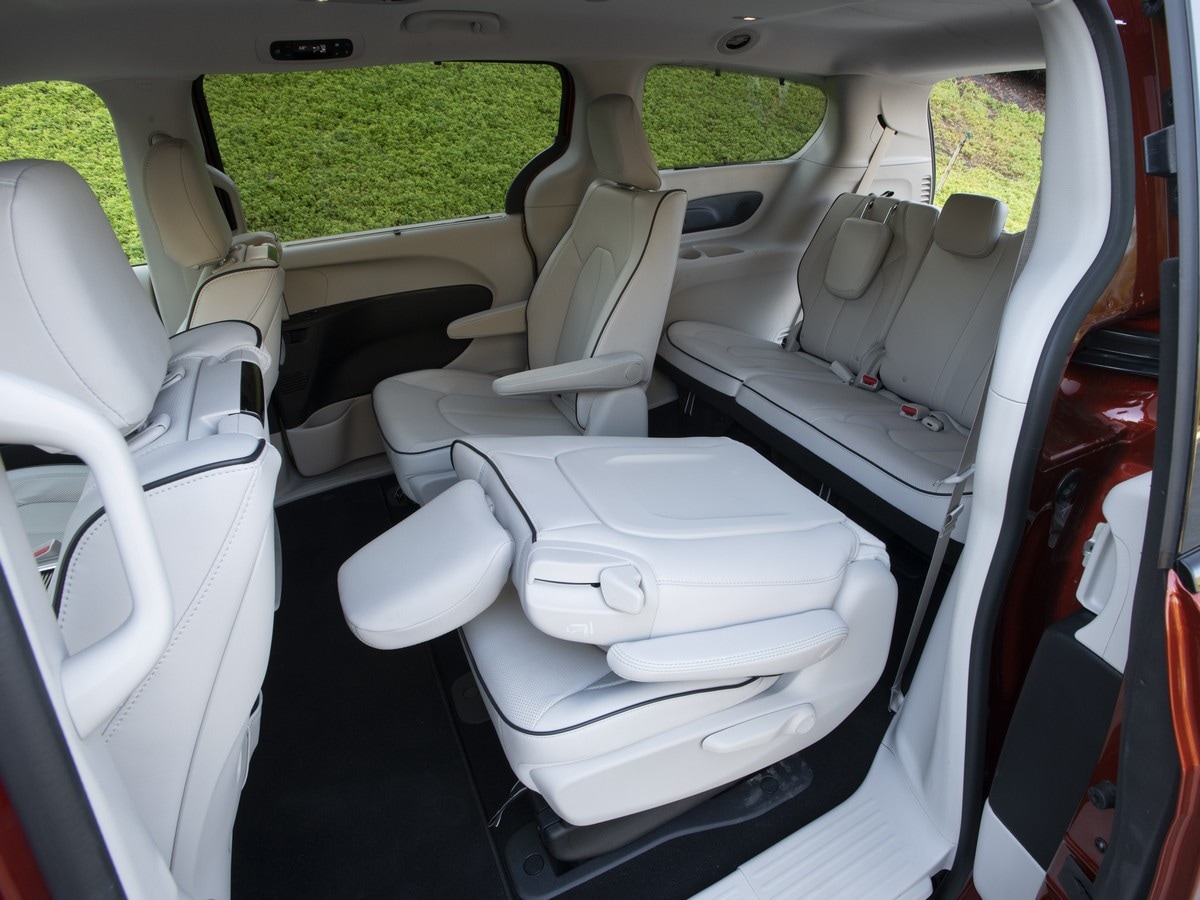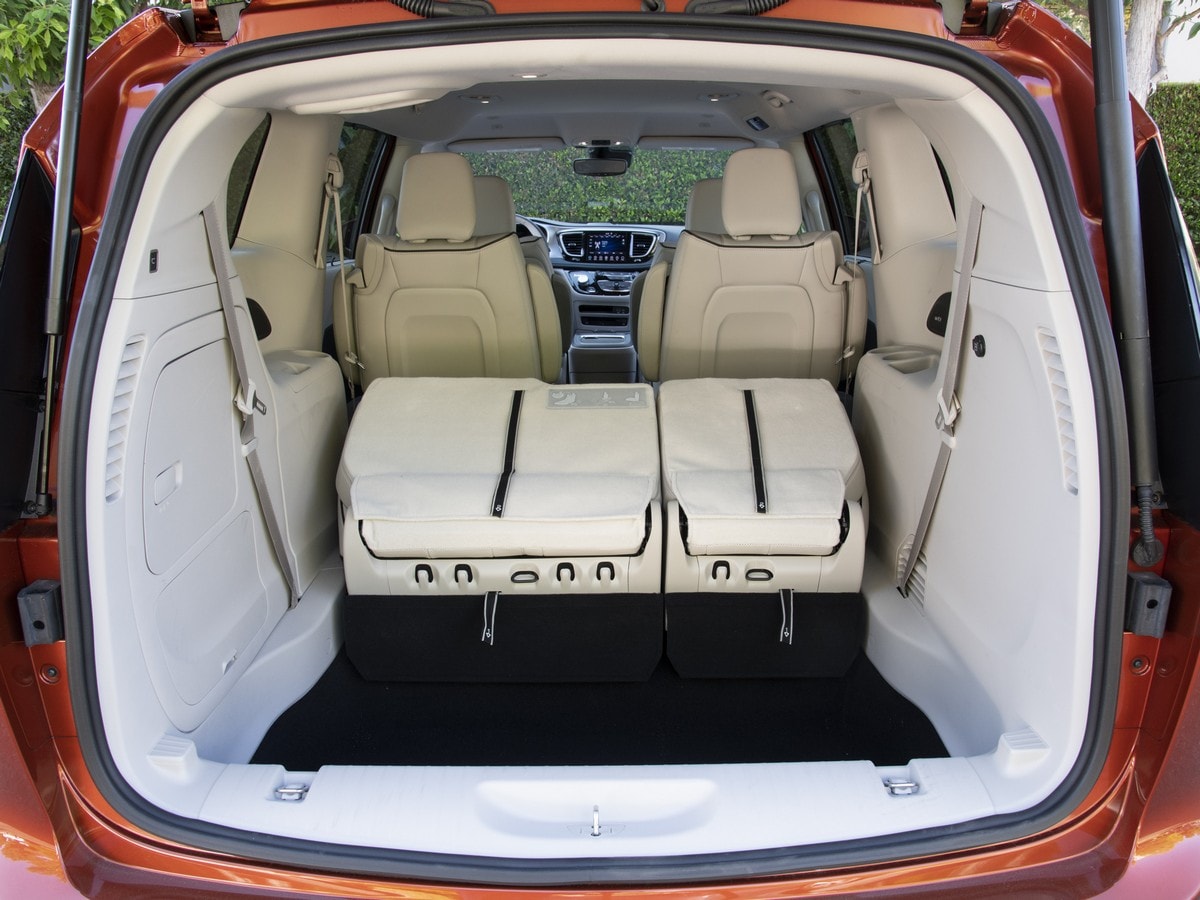The Chrysler Pacifica Hybrid goes against a lot of conventional wisdom. For instance, a 5,000-pound vehicle with 260 horsepower should, in theory, get abysmal gas mileage. It doesn’t. A variable transmission is generally terrible. It isn’t. And minivans should be torture to drive. But it doesn’t. Here how the Chrysler Pacific Hybrid works.
- If you’re looking to move people and/or stuff, the minivan is the obvious choice in terms of efficiency, obviously, a hybrid makes it that much better.
- Chrysler’s Pacifica uses an Atkinson-Cycle V6 and two electric motors to provide 32-miles of electric range.
- The hybrid system recharges by plugging in, but on the road employs one of the best regenerative braking systems in the industry.
- The Pacifica Hybrid starts at $39,995 plus $1,495 delivery. It’s also eligible for a $7,500 federal tax credit.
How did Chrysler accomplish these feats? We’ll take a closer look at the Pacifica Hybrid’s powertrain to get a better understanding of how it functions and what the automaker did to strike such an effective balance between efficiency and responsiveness.
Under the hood of the Chrysler Pacifica
The Pacifica Hybrid combines FCA’s 3.6-liter Pentastar V6 with dual electric motors, one of which delivers an estimated 84 kW while the other generates 63 kW. Chrysler pegs total system output at 260 horsepower, which is down 27 ponies versus the conventional powertrain offered in the Pacifica. Yet the Pacifica Hybrid certainly doesn’t feel underpowered, overtaking on the highway like a sports sedan while delivering real-world fuel economy of about 35 miles per gallon in combined use.
And that’s after you’ve depleted the charge from the 16kWh battery pack, which is good for 32 miles of all-electric range on its own and can be recharged overnight on a traditional 120v wall plug (or about two hours on a 240v charger).
The hybrid system’s fundamental design employs an Atkinson-cycle setup. It’s named after James Atkinson, who devised a more efficient yet slightly less power-dense version of the internal combustion engine way back in 1882. The modern iteration first saw widespread use by Toyota with the original Prius before the technology spread across the industry. In simplest terms, the combustion process is changes when the intake valves stay open longer than in conventional designs.
Doing so helps to equalize the combustion chamber pressure at the end of the power stroke with the atmospheric pressure. This allows more heat energy to convert into mechanical energy. It results in a more energy-efficient combustion cycle, but at a slight penalty to output. But in the context of a minivan like the Pacifica Hybrid, that ding to horsepower is irrelevant. The electric motors compensate for any lack of engine grunt.
Behind The Wheel
The transition between all-electric and gasoline propulsion is nearly seamless here, both in power delivery and cabin noise. Even with the battery fully depleted, the electric motors propel the Pacifica off the line and at low speeds. Regenerative braking reclaims energy to send back into the system.
Many braking systems of this sort tend to feel dragged down when off the throttle. It usually manifests itself in a touchy brake pedal. But you’d be hard-pressed to notice a difference between the Pacifica Hybrid’s system and a traditional brake package. It feels so natural and linear that you don’t even notice it. That transparency is something all automakers should strive for in their regen systems.
How much does the Chrysler Pacifica Hybrid cost?
Pricing for the Pacifica Hybrid starts at $39,995 in Touring Plus trim. That’s not a huge step-up from the base Pacific minivan, which starts at $33,495. All prices exclude $1,495 delivery. That gap narrows with the Plug-in Hybrid’s $7,500 federal tax credit.
In addition to the tax break, the Pacific Hybrid saves at the pump thanks to its 82 MPGe and 30 MPG under combined electric and gasoline power. Plus, you get the added bonus of 32 miles of pure electric range after each charge.

